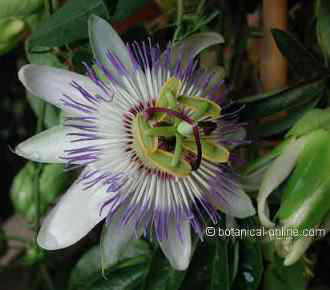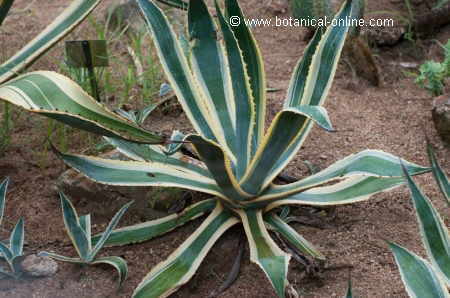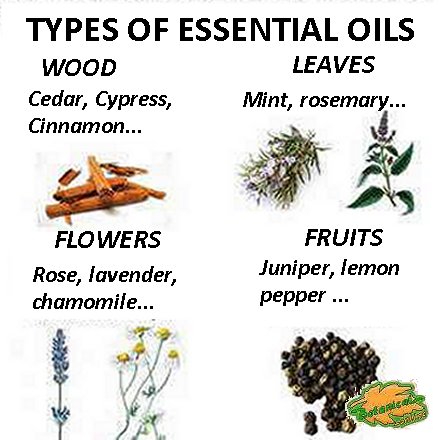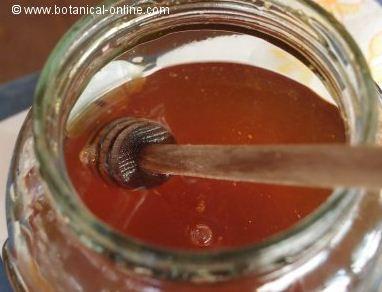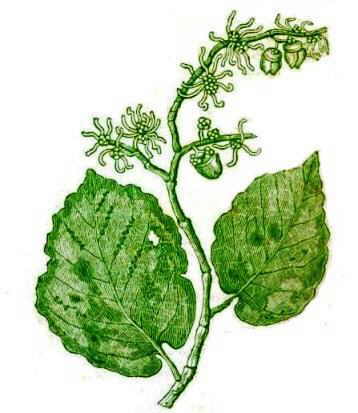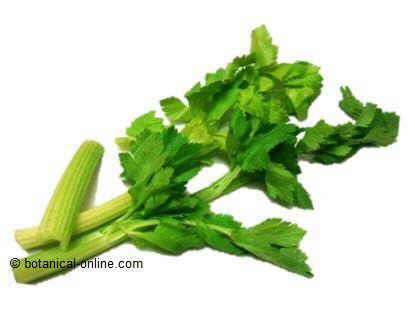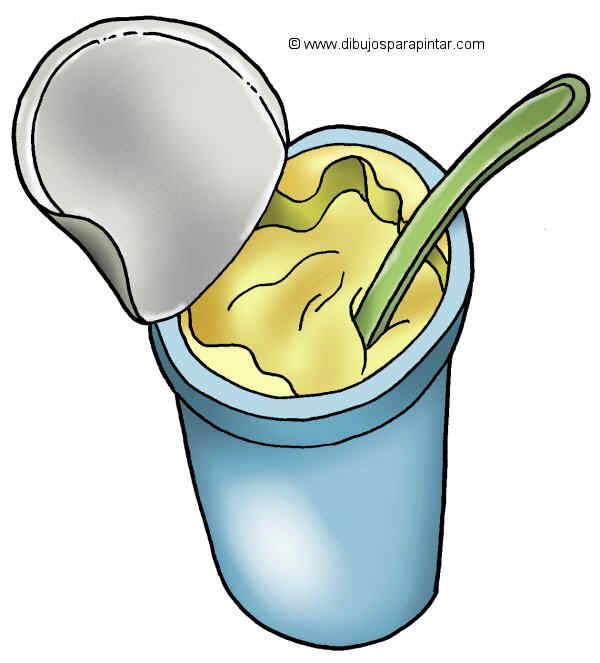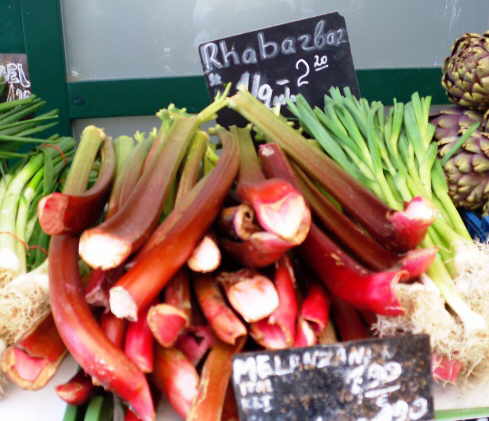Contents
- 1 What does it mean to activate the seeds with soaking?
- 1.1 Importance of seeds in the diet
- 1.2 What are seed antinutrients?
- 1.3 Why people do not talk a lot about antinutrients?
- 1.4 Chemically, what is the activation of seeds ?
- 1.5 How is seed activation process done?
- 1.6 Why is it recommended to activate the seeds before consuming them?
- 1.7 How to soak the seeds properly for activation?
- 1.8 How much soak time do seeds need?
- 1.9 What chemical changes occur during seed activation?
- 1.10 Why is squeezed lemon added?
- 1.11 Can roasted, salted or cooked grains be activated?
- 1.12 How long do the seeds need to activate?
- 1.13 Can the seeds be roasted after activation?
What does it mean to activate the seeds with soaking?
The activation of the seeds is a very simple culinary process that is used to decrease the antinutrient content of the seeds and increase the bioavailability of its nutritional principles, such as vitamins, proteins or minerals.
In other words, it serves to better assimilate the nutrients of almonds, chickpeas, lentils, brown rice, nuts, sunflower seeds, …
Importance of seeds in the diet
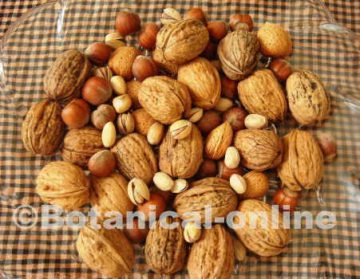
In our diet, seeds are very interesting because they give us energy, in the form of carbohydrates and fats; proteins, essential fats, minerals and vitamins, in different proportions.
Examples of seeds are whole grains (such as rice, millet or oats) , nuts (such as walnuts or almonds) and legumes (such as beans or lentils).
But sometimes, the assimilation of these nutritional principles is conditioned by the presence of antinutrients in the seeds.
What are seed antinutrients?
In addition to the known nutrients, plants also contain antinutrients, which are substances whose function is to protect the seeds from predators. These substances are found naturally in legumes, nuts or grains, and are responsible for belly pain when many nuts are consumed, or for poor digestion when we consume undercooked legumes.
Do not forget that the seeds are parts of the plants, located inside the fruits, which are intended for the propagation of the species. As is known, the seeds contain all the genetic information necessary for the creation of a new plant. Therefore, it is natural that the plant concentrates on the seeds the maximum resources to protect it and ensure its survival. Antinutrients are these substances that the seed contains to avoid being digested and able to reproduce.
Why people do not talk a lot about antinutrients?
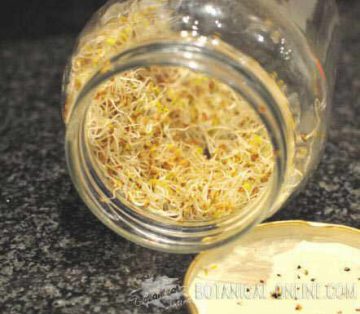
In general, not much is said about antinutrients because they are not found in sufficient amounts in the diet to produce nutritional deficiencies, and because most are eliminated during cooking or preparation of seeds (during roasting of the seeds, or boiled or cooked cereals and legumes).
The importance of eliminating these substances has been mainly due to the fact that, in recent years, the consumption of raw or undercooked foods, such as sprouts or raw-vegan foods, has increased.
Examples of antinutrients are bean antitrypsin, a component that blocks digestive enzymes responsible for the digestion of proteins, thus hindering their digestion (which is why they usually give gas). Another example, phytates from whole grains and nuts, which decrease the absorption of iron, zinc and calcium. Or the known oxalates, which are also found in buckwheat, sesame, or cocoa beans.
Chemically, what is the activation of seeds ?
Antinutrients decrease or disappear from grains at the time of germination. Precisely, activating the seeds consists in deceiving the seeds by providing them with the ideal environment so that their enzymes and germination mechanisms are activated, thus releasing their nutrients, such as vitamins and minerals, which increase their bioavailability.
How is seed activation process done?
Activating the seeds is a very simple culinary process, which can be summarized in the following points (developed below):
To activate legumes:
- Wash the seeds of possible remains of dust or dirt
- Soak with warm water and a few drops of lemon
- Keep at room temperature, between one day and one week
- Cook, toast or add to dishes
Attention! This process can only be done with whole grains. It does not work for white rice, oat flakes, roasted almonds, sesame, ground flax or chia, or any other seed that has been processed.
Why is it recommended to activate the seeds before consuming them?
When preparing to germinate, the seed decreases its antinutrient content and therefore presents a better digestibility of its proteins, carbohydrates, minerals and vitamins.
How to soak the seeds properly for activation?
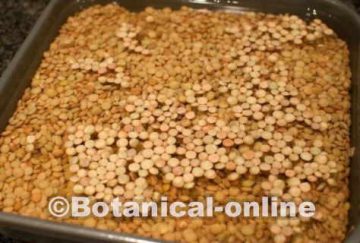
Soaking the seeds is the easiest way to activate them. For the right conditions to occur, follow these steps:
- Soak in warm water, at about 45 ° C, for a few hours or days (depending on the seeds).
- Cereals such as brown rice or oatmeal can be soaked one or two days.
- Lentils, chickpeas, buckwheat, quinoa, etc. they can be soaked on the same days as cereals, because they don’t have many antinutrients. Quinoa must be washed with plenty of water before soaking, so you lose saponins.
- Dry beans, broad beans and soybeans should be soaked longer, preferably at least two days, because they have more antinutrients.
- Nuts, such as almonds, can be soaked for a few hours or a few days (roasting them is also a way to eliminate their antinutrients). They should be eaten after activating (do not store with moisture).
How much soak time do seeds need?
The longer the seed remains soaked, the less amount of antinutrients they will contain later. This is produced by the action of phytases (enzymes) present in grains, which break phytates into phytic acid and inositol.
What chemical changes occur during seed activation?
When the seeds are soaked in warm water, a series of mechanisms are activated so that it germinates. Among these changes, a series of enzymes, present in the raw seed, that will modify the composition of the grain are launched.
Soaking decreases the phytate content of the seeds. Phytates are called mineral thieves, because they sequester minerals during their passage through the intestine preventing their absorption. However, upon activation, they can become inositol, a beneficial substance.
When the seeds are soaked, phytates are transformed into phytic acid by the action of phytases (enzymes present in the grain), releasing their phosphorus, calcium and other minerals, which will be used by the seeds during germination and formation of a new plant.
Therefore, soaking raw seeds removes phytates and makes grain minerals more assimilable. This does not happen in the case of roasted nuts or cooked grains, since the temperature has destroyed the phytases.
activate seeds, antinutrients remove
Summary sheet about the process to activate the seeds, nuts, legumes and cereals (RAW) with the appropriate soaking. The goal is to hydrate the seeds, decrease antinutrients and increase the digestibility of these foods
Why is squeezed lemon added?
It is recommended to add lemon juice in the soak to activate the phytase enzymes. Phytases, these enzymes found in grains, are activated under conditions of humidity (soaking), temperate temperatures (45 ° C) and some acidity. For this it is enough to squeeze a little lemon into the soaking water. Another option is to add a few drops of vinegar.
It is important to mention that only a few drops of acid (citric acid, in the case of squeezed lemon, or acetic, in the case of vinegar), should be added to generate acidity. A lot of acid would have an opposite effect and cause them not to be activated.
Can roasted, salted or cooked grains be activated?
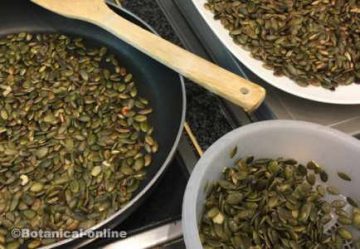
Cooking, adding salt, pickling and other culinary techniques, modify the composition of the seeds and makes it impossible to activate them. In most cases, it could be summarized that changes in temperature or pH change the structure of proteins and inactivate them. Phytases are proteins, therefore, these culinary processes inactivate or destroy them.
How long do the seeds need to activate?
The soaking time depends on the seeds to germinate. In general, it is recommended to soak dried fruits an hour or more, and do the same with cereals. The more soak time, the better, for example, all night. In the case of cereals, this also shortens their cooking time.
Some seeds, such as legumes, require a very long soak time, since it not only serves to activate them, but also to hydrate.
Can the seeds be roasted after activation?
In our experience, we do not recommend activating the seeds before roasting them, since, after a very long soak, the seeds do not dry out completely and do not roast properly, so that they are not very crispy and moist, which deteriorates their properties taste and also makes it difficult to preserve. This advice is for roasting almonds, pumpkin seeds (squash), sesame, etc.
However, they can be soaked for a short time, like half an hour or an hour, although it is not strictly necessary. Remember that, even if they are not activated overnight, the heat of roasting also destroys some antinutrients, such as protease inhibitors and others.
![]() More information on antinutrients
More information on antinutrients
4 December, 2021

